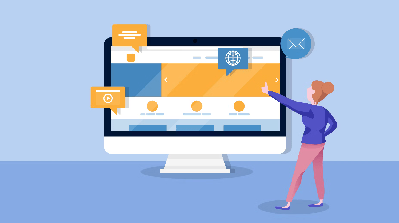Biomimicry is an evolutionary design approach that uses biological processes and systems as a model for how to solve design problems. This method of design has been growing in popularity among UX designers and has been successful in providing solutions to a variety of design challenges. Biomimicry is based on the idea that nature, in its millions of years of evolution, has already developed many effective solutions to the problems that a designer faces. Instead of reinventing the wheel, biomimicry borrows from nature’s successes and applies them to the design of products and services. The purpose of bringing biomimicry to a UX design is to create a design that works in harmony with the environment and with the user’s needs. By understanding how the natural systems that make up a product or service works, designers can create designs that are more intuitive, user-friendly, and cost-effective. For example, a UX designer who wanted to develop a navigation system could look to the way birds fly in flight for inspiration.
By understanding the navigation systems of birds, designers could develop a system within an app that is easier to use, more efficient, and intuitive for the user. The primary benefit of biomimicry for UX design is that it provides a deeper understanding of the user’s needs and environment. Rather than simply looking at what’s already been done, biomimicry enhances the design process by understanding how nature works and then applying it to the user experience. Biomimicry also gives a designer the opportunity to think outside the box and create solutions that may not have been considered before. By understanding how nature works, a designer can think of solutions that may seem unconventional but are often more effective than more traditional solutions. Ultimately, biomimicry is a powerful tool for UX designers to use in their design process. It provides an opportunity to create designs that work in harmony with the user’s environment and needs. By taking what nature has already developed and applying it to design challenges, designers can create more intuitive, user-friendly, and cost-effective solutions.

Leave a Reply